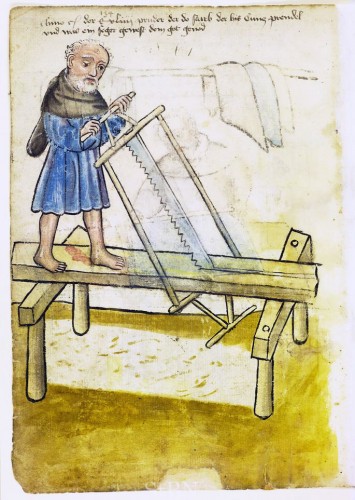How do you build props when you have no shop, few tools, and basic materials?
In this month’s S*P*A*Minar, I will show you some tips and techniques to build props cheaply and safely right in your home, with materials you can buy locally.
When: Sunday, April 18th at 8pm EST
Where: From the comfort of your home!
REGISTER here: http://bit.ly/PYCMAHregistration
With this S*P*A*Minar, we’re also doing our first-ever giveaway! One lucky attendee* will win a copy of my new book: Prop Building for Beginners: Twenty Props for Stage and Screen.
We are once again requesting pay-what-you-can donations to support this S*P*A*Minar programming. All money collected will be used to offset webinar operation costs with additional funds going to our annual grant program for early-career prop people. The suggested donation amount is $3.
Donations can be made via PayPal Money Pool here: https://bit.ly/SPAMinarMoneyPool
Registration will remain open until 6PM EST on April 18th and a link to the Zoom S*P*A*Minar session will be sent out to all registered attendees 1 hour before the start of the webinar.
All S*P*A*Minars will be recorded, and a video will be shared on the S*P*A*M Youtube page the week following the event. You can watch all previous S*P*A*Minars there for free.
*Attendee must be present at the S*P*A*Minar to win.




